

Vampyre Community History
… understanding how we got here.
The history of the Vampyre Community is a lot older than people think. Barring linking ourselves to the longstanding folkloric tales of vampires around America through the last few hundred years and the millenia of vampire tales from around the world, the VC as we know it got its first recorded start in the 1960s. Despite popular belief of it being much younger, there has been pockets of vampire community and cyclical gathering of like minds for many years. This first part of recorded VC history covers the time leading up to the great vampyre boom of the 1990s.

Where did the modern real vampyre idea come from?
The vampire archetype is an enduring character that appears in the folklore and mythology of cultures around the world since ancient times. It seems almost every culture around the world has some sort of spirit or mythical creature in its folk tales and superstitions that drains you of your life in one way or another. These beliefs have inspired countless stories and has given way for a contemporary stream of beliefs regarding what we now know as modern real vampyres or human living vampires.
In this article, we will be covering the History of the American Vampyre Community. There is international VC history as well, but being I am an American, my scope of knowledge is limited to my Country for now.
As far as I am currently aware, the first instances of the modern real vampyre as we know it started being recorded in 1965. At that time a woman named Dr. Jeanne Keyes Youngson founded the Count Dracula Fan Club, now known as The Vampire Empire. From 1965 to the early 1970s, this fan club grew in popularity. Around 1970-1972 the Count Dracula Fan Club received many letters from people who identified themselves as vampires. Thus, the organization’s scope of duties was subsequently extended, making the Count Dracula Fan Club the first group to head the study of real vampirism.
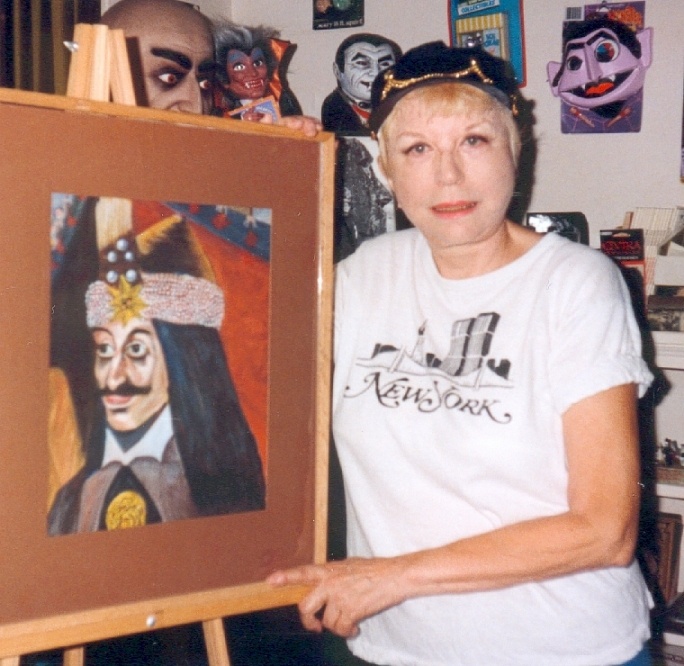
Dr. Jeanne Keyes Youngson, President and Founder of The Count Dracula Fan Club, and the Vampire Empire source

Michael & Lilith Aquino attend Los Angeles Conclave 1999
Svartulfr1 at English Wikipedia, Public domain, via Wikimedia Commons

Stephen Kaplan, paranormal investigator, vampirologist, and founder/director of the Vampire Research Center and the Parapsychology Institute of America gives speech at 1984 Dark Shadows Festival- source
Then what?
- In 1972, Stephen Kaplan founded the Vampire Research Center and managed a “vampire hotline” that received many calls from individuals who identified as vampires. Albeit, many of those calls would end up being hoaxes. Regardless, it would send Stephen Kaplan down a path of studying the phenomenon nonetheless.
- In 1975; after being fed up with the direction Anton LaVey was taking the Church of Satan, Michael Aquino founded the Temple of Set. The Temple of Set is an occult initiatory order believed to have been consecrated by Set. Set is an Egyptian God that they believed was later adapted into the “Satan” of Christian/Catholic systems. While some call the beliefs of this organization an alternative form of satanism, they would disagree. They call themselves Setians, and consider it a completely different thing. The Temple of Set has several orders that exist under the Temple’s umbrella that concentrate on different focus areas of study. The Temple of Set views vampyrism as an extension of human consciousness into the extremes of human desires and behavior.
- In 1984, the Order of the Vampyre was born, founded by two members of the Temple of Set including Michael’s wife Lilith Aquino. It was said that the Order was formed to “allow individualized expression of the archetypal vampyre” and to “serve as a conduit” for vampyric spirits to utilize our human vessels “to evolve all that was and is Vampyric into a new ‘race’ of vampyric beings.”
- In 1972, Stephen Kaplan founded the Vampire Research Center and managed a “vampire hotline” that received many calls from individuals who identified as vampires.
- In 1975; after being fed up with the direction Anton LaVey was taking the Church of Satan, Michael Aquino founded the Temple of Set. The Temple of Set is an occult initiatory order believed to have been consecrated by Set. Set is an Egyptian God that they believed was later adapted into the “Satan” of Christian/Catholic systems. While some call the beliefs of this organization an alternative form of satanism, they would disagree. They call themselves Setians, and consider it a completely different thing. The Temple of Set has several orders that exist under the Temple’s umbrella that concentrate on different focus areas of study. The Temple of Set views vampyrism as an extension of human consciousness into the extremes of human desires and behavior.
- In 1984, the Order of the Vampyre was born, founded by two members of the Temple of Set including Michael’s wife Lilith Aquino. It was said that the Order was formed to “allow individualized expression of the archetypal vampyre” and to “serve as a conduit” for vampyric spirits to utilize our human vessels “to evolve all that was and is Vampyric into a new ‘race’ of vampyric beings.”

Michael & Lilith Aquino attend Los Angeles Conclave 1999
Svartulfr1 at English Wikipedia, Public domain, via Wikimedia Commons
- Also In 1984, the Dark Shadows Festival was in its second year running. It featured a presentation by Stephen Kaplan where he is billed as “the world’s first vampirologist” and founder of the Vampire Research Center. (See playbill and picture of Dr. Kaplan as he teaches his symposium.)
- Also In 1984, the Dark Shadows Festival was in its second year running. It featured a presentation by Stephen Kaplan where he is billed as “the world’s first vampirologist” and founder of the Vampire Research Center. (See playbill below and picture of Dr. Kaplan as he teaches his symposium.)

Stephen Kaplan, paranormal investigator, vampirologist, and founder/director of the Vampire Research Center and the Parapsychology Institute of America gives speech at 1984 Dark Shadows Festival- source
- In 1989, the Temple of the Vampire (ToV) was granted it’s 501c3 tax exempt status as a religious organization. I think it’s safe to assume this group was formed prior to then, but their current historical documentation cites this as the beginning point. As a self proclaimed elitist initiatory organization, the ToV has a unique approach to vampyrism. Believing that becoming a Vampire is the next step in human evolution. The ToV considers themselves “living vampires” who focus on self improvement and empowerment through several levels of mastery. They treat vampyrism as a religion, rather than a condition. The Temple of the Vampire only chooses to use the empowering aspects to the Vampiric image, rejecting any that are “anti-life, anti-social, deathist, crude, gory, self-defeating, or criminal.
The 1990s Usher in a New Era for Vampyre Community & Vampyre Culture
Vampire Culture in the real world would spread like wildfire in the underbelly of urban nightlife scenes for years to come. This dawning of a new age for the vc would be ushered in through several factors.
- Zine culture of the late 80’s-early 90’s – see article on zine history & importance
- AOL Chat Rooms
- Geocities/Angelfire websites
- Forum Culture
- Vampire the Masquerade release in 1991
The mid 90s to let’s say 2010ish would be the “Golden Age” of the Vampyre Community.
With the release of Vampire: the Masquerade in 1991 alongside a barrage of vampire related media, the cards were laid on the cosmic table for the vampyric current to take head in new ways. The story is that real vampyres would go to these Vampire LARPs to find others who partake in the real vampyre current, much like vampyres of yesteryear attending conventions and festivals. In the 90’s though, the widespread reverance for vampire media made way for vampire fashion and style to become it’s own accepted offshoot of gothic style. The Vampire Goth was born and the nightlife culture bred from this vampire fascination had certain cities in a choke hold. New York City became one of the most notorious hubs for vampyre nightlife to become a full blown subculture during this era. Los Angeles, New Orleans, and a few other cities also experienced a similar rise in their vampyre subculture and community. New Orleans vampire culture has always been part of the city based on its local folkloric connection to vampires… but Gotham was the most notorious and media documented for its “real vampire community” and the culture surrounding it. As the author of this article, it’s also the area I’m closest to in proximity and connected to through my own vampyric lineage. Which is why so much of my material covers that side of the community.
The stage was already set with the vampire media boom of the 80s making way for the 90s vampire renaissance to take hold.
As you saw in our timeline outlined above, vampyre community and vampire media has waxed and waned and worked in tandem with one another since the beginning. The modern Vampyre Community was born from a Count Dracula Fan Club in the 60s. By the time the 90’s rolled around, the perfect storm of pop culture vampire reverence, vampyric phenomenon & identity studies, and vampyric socio-religious practices skyrocketed to levels it had never dreamed of before. However, this would also be where the VC’s historical web becomes a tangled mess.
Alongside and because of the youth of the internet of this time, vampyre community got its first tastes of widespread organization and connectivity and this would change the dynamic of the VC forever. Vampire Culture in the real world would spread like wildfire in the underbelly of urban nightlife scenes for years to come. This dawning of a new age for the vc would be ushered in through several factors.
- Zine culture of the late 80’s-early 90’s – see article on zine history & importance
- AOL Chat Rooms
- Geocities/Angelfire websites
- Forum Culture
- Vampire the Masquerade release in 1991
The mid 90s to let’s say 2010ish would be the “Golden Age” of the Vampyre Community.
With the release of Vampire: the Masquerade in 1991 alongside a barrage of vampire related media, the cards were laid on the cosmic table for the vampyric current to take head in new ways. The story is that real vampyres would go to these Vampire LARPs to find others who partake in the real vampyre current, much like vampyres of yesteryear attending conventions and festivals. In the 90’s though, the widespread reverance for vampire media made way for vampire fashion and style to become it’s own accepted offshoot of gothic style. The Vampire Goth was born and the nightlife culture bred from this vampire fascination had certain cities in a choke hold. New York City became one of the most notorious hubs for vampyre nightlife to become a full blown subculture during this era. Los Angeles, New Orleans, and a few other cities also experienced a similar rise in their vampyre subculture and community. New Orleans vampire culture has always been part of the city based on its local folkloric connection to vampires… but Gotham was the most notorious and media documented for its “real vampire community” and the culture surrounding it. As the author of this article, it’s also the area I’m closest to in proximity and connected to through my own vampyric lineage. Which is why so much of my material covers that side of the community.
This is where history of the VC gets kinda dicey
and where I could use your help if you’re a reader with VC history knowledge…
The early age of this new dawn of the community was rich with budding connection, communication, resource building, opinion sharing, debates, arguments….
Pockets of in person community boomed in ways we could only dream about today. Things were different back then. There were a lot more clubs for vampyres to run around and do their vampire flavored debauchery in with the added privacy of no camera phones. There was more places for vampyres to see each other, sometimes multiple times a week. There were vampyres, donors, mundanes who liked to party with the goth kids… and all sorts of people would come together in these vampire heavy cities known as “Halos.”
The dynamic of the in person community grew in popularity while the youth of the internet made it a digital haven for communication in ways that today’s social media outlets can’t provide. Prior to the dawn of the internet age, connection was made somewhat sporadically in person. There were small pockets of community who acted as covens or who would meet at conventions or other events, but there was never widespread connection the way the internet provided. Even still, the impermanence of digital media, especially on personal websites/domains, has made it very difficult today to report on community history from that era. Many of the early websites are long gone, and only bits and pieces can be traced on the wayback machine.
The Vampyre Community from the 1990s forward has a rich history spanning both an online sociological sphere as well as in person. While there was often overlap between these two dynamics, the in-person vs. online community were(and still are) two distinctly different things to experience.
If you’re someone who has experienced or knows of things in Vampyre Community history that should be remembered and shared, let me know. I am happy to honor what should be remembered. I just can’t report on what I don’t know and isn’t available to report on. I am working on a part 2 to this article that digs into the details of VC history starting in the 90’s. Wish me luck and stay tuned.
To be continued…
Continued Reading Section!
Read about VC history from other perspectives!

Inside the human blood-drinking, ‘real vampire’ community of New Orleans
By Yanan Wang
This article is about John Edgar Browning’s experience with vampyres and experiencing a real vampyre from the eyes of the donor’s perspective. Take a glimpse into the New Orleans Vampyre Community.
The Real History of Vampires of New Orleans and the Buffalo Community
by John Edgar Browning
This article is an elaboration of John Edgar Browning’s ethnographic work and is here presented to raise careful discussion of the little-explored identity and phenomenon of “real vampirism”

Real-Life Vampires
BU’s Joseph Laycock on the myth, and the real deal
![]()





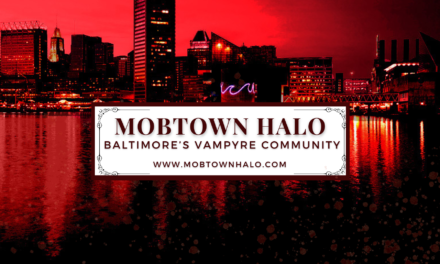





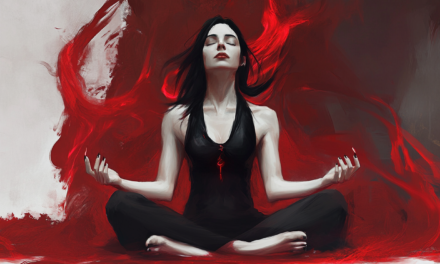




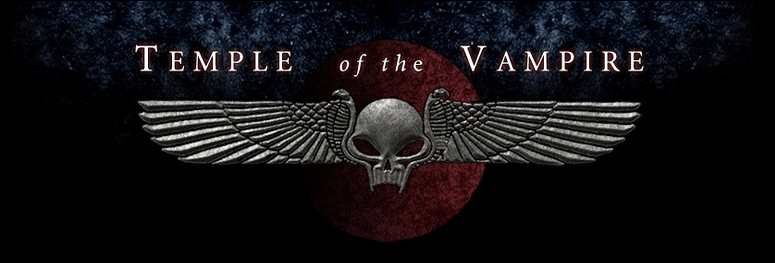

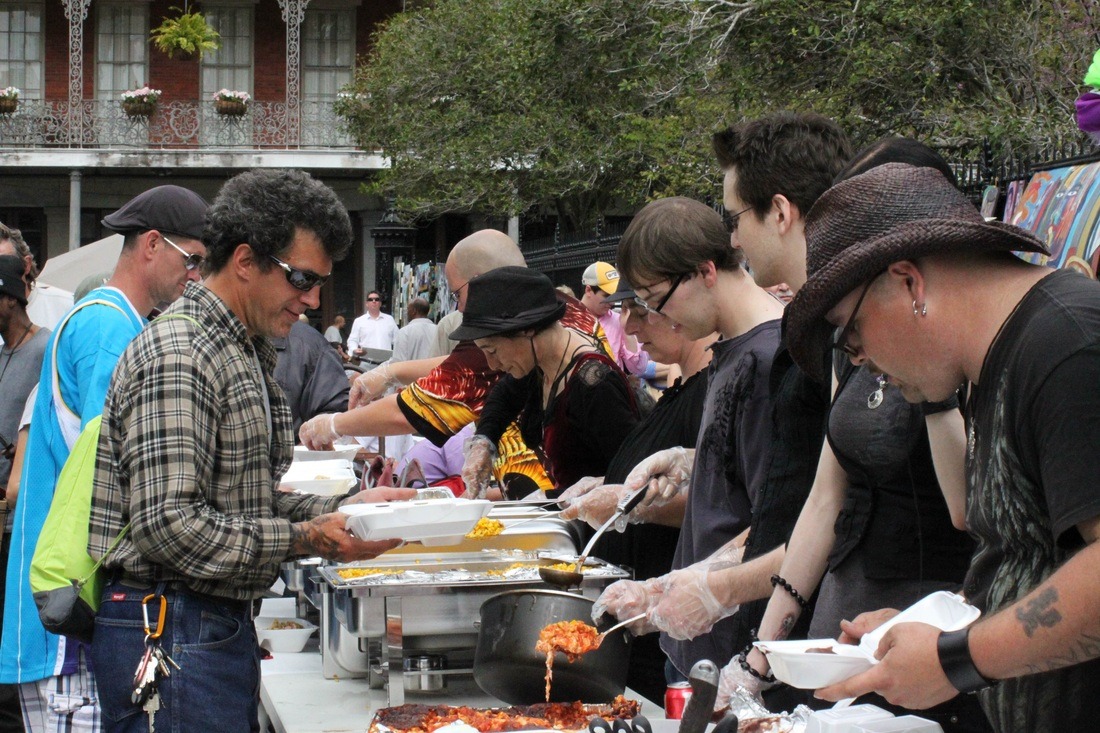








Recent Comments